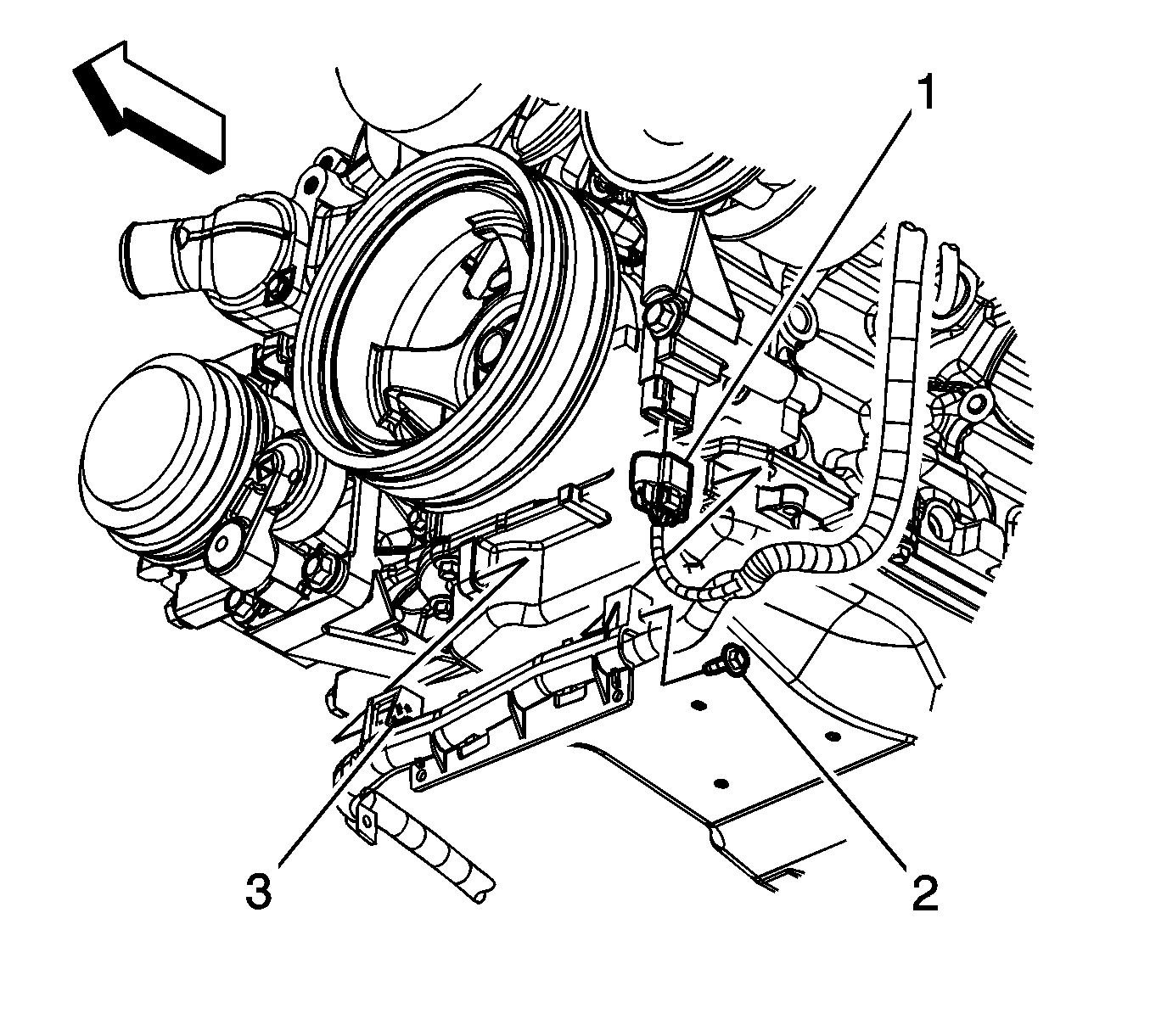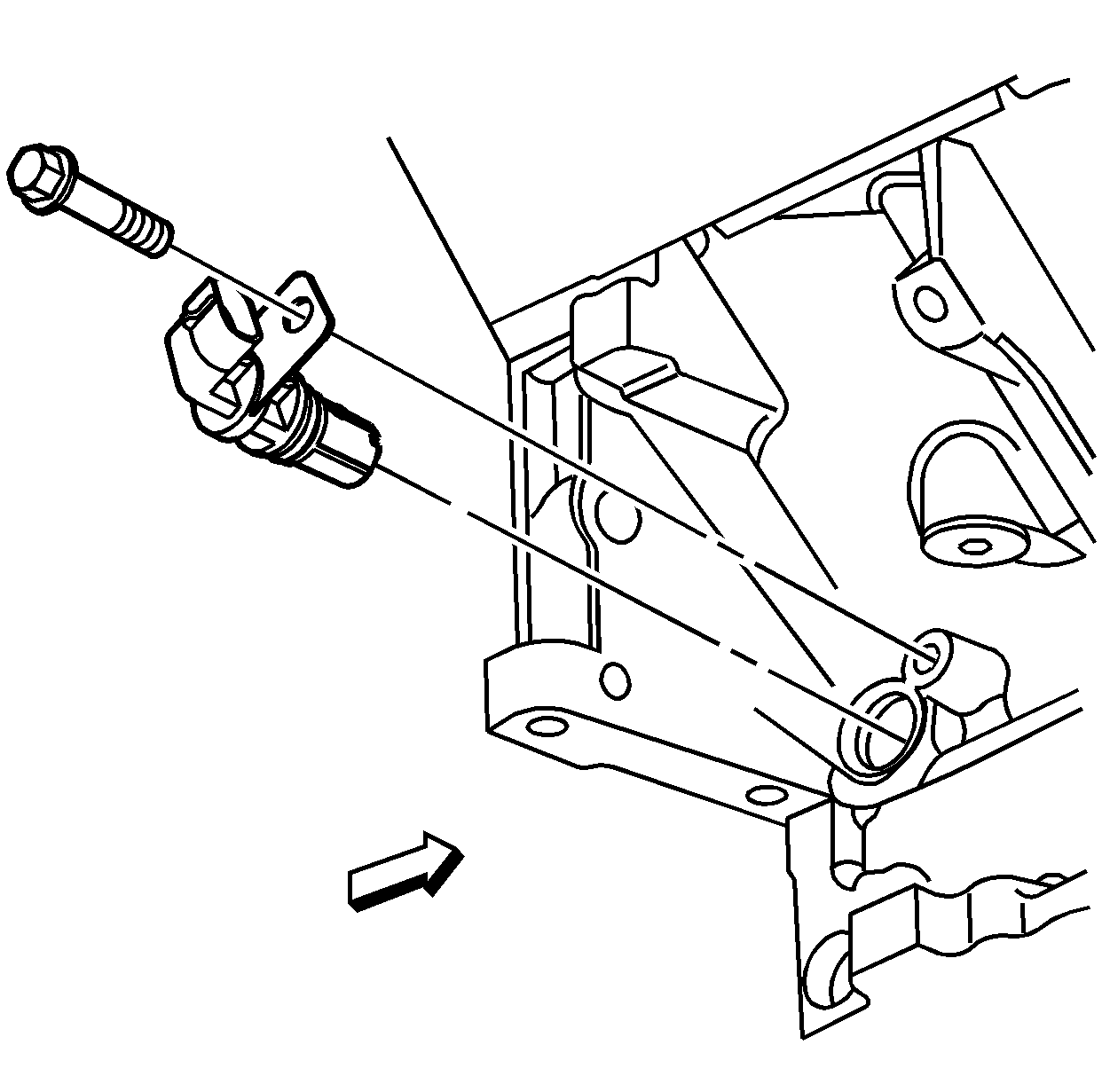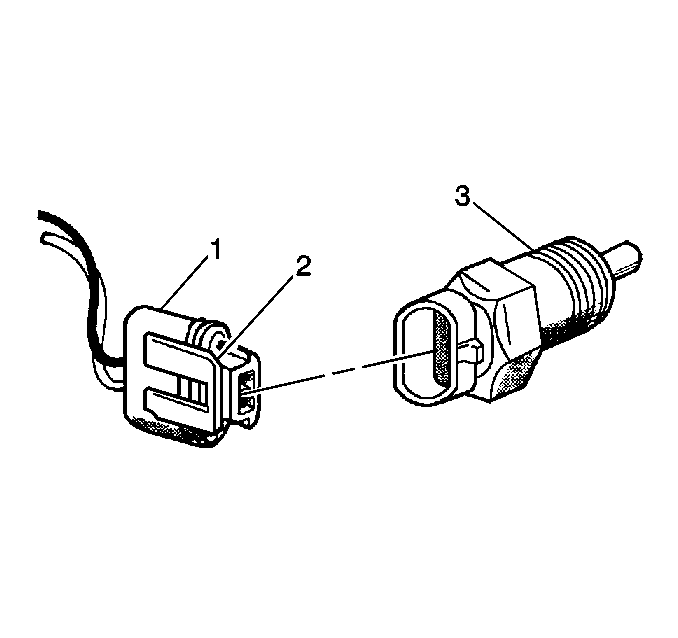The engine coolant temperature sensor is a thermistor (a resistor which changes value based on temperature) mounted in the left cylinder head. Low coolant temperature produces a high resistance, 100,000 ohms at -38°C (-39°F),
while high temperature causes low resistance, 70 ohms at 130°C (266°F).
The ECM supplies a 5.0 volt signal to the ECT sensor. The ECM measures the voltage drop across the sensor. The voltage will be high when the engine is cold. The voltage will be low when the engine is hot. The ECM calculates the engine coolant temperature
by measuring the voltage. The engine coolant temperature is a critical input for the ECM controls.
The scan tool displays engine coolant temperature in degrees. When the engine starts the engine coolant temperature should rise steadily to approximately 90°C (194°F) then stabilize when the thermostat opens. The engine coolant temperature
and intake air temperature parameter displays should be close to each other if the engine has not been run for several hours (overnight).



